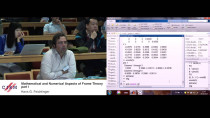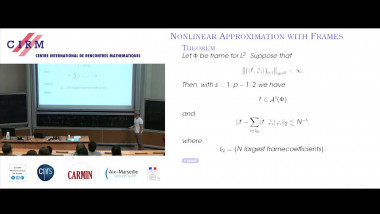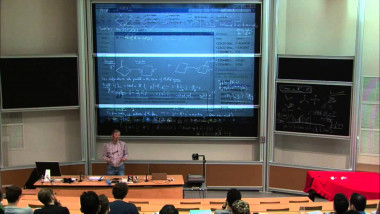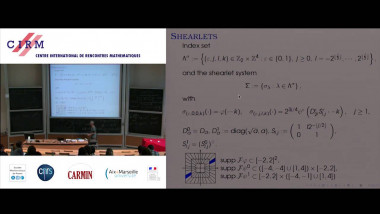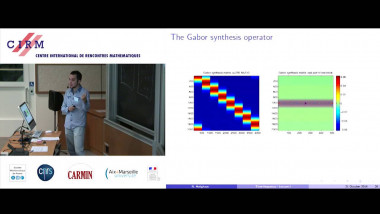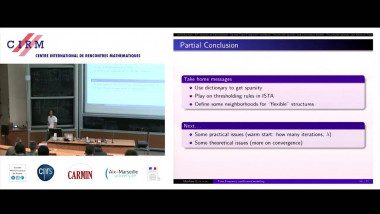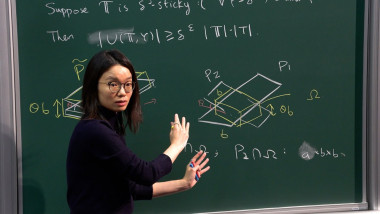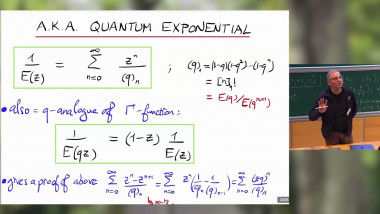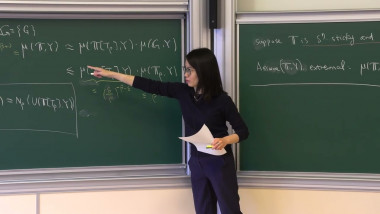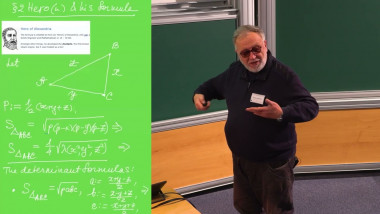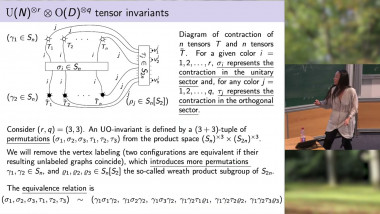Time-frequency frames and applications to audio analysis - Part 2: time-frequency coefficients modelling
Time-frequency (or Gabor) frames are constructed from time- and frequency shifts of one (or several) basic analysis window and thus carry a very particular structure. On the other hand, due to their close relation to standard signal processing tools such as the short-time Fourier transform, but also local cosine bases or lapped transforms, in the past years time-frequency frames have increasingly been applied to solve problems in audio signal processing. In this course, we will introduce the basic concepts of time-frequency frames, keeping their connection to audio applications as a guide-line. We will show how standard mathematical tools such as the Walnut representations can be used to obtain convenient reconstruction methods and also generalizations such the non-stationary Gabor transform. Applications such as the realization of an invertible constant-Q transform will be presented. Finally, we will introduce the basic notions of transform domain modelling, in particular those based on sparsity and structured sparsity, and their applications to denoising, multilayer decomposition and declipping. (Slides in attachment).











